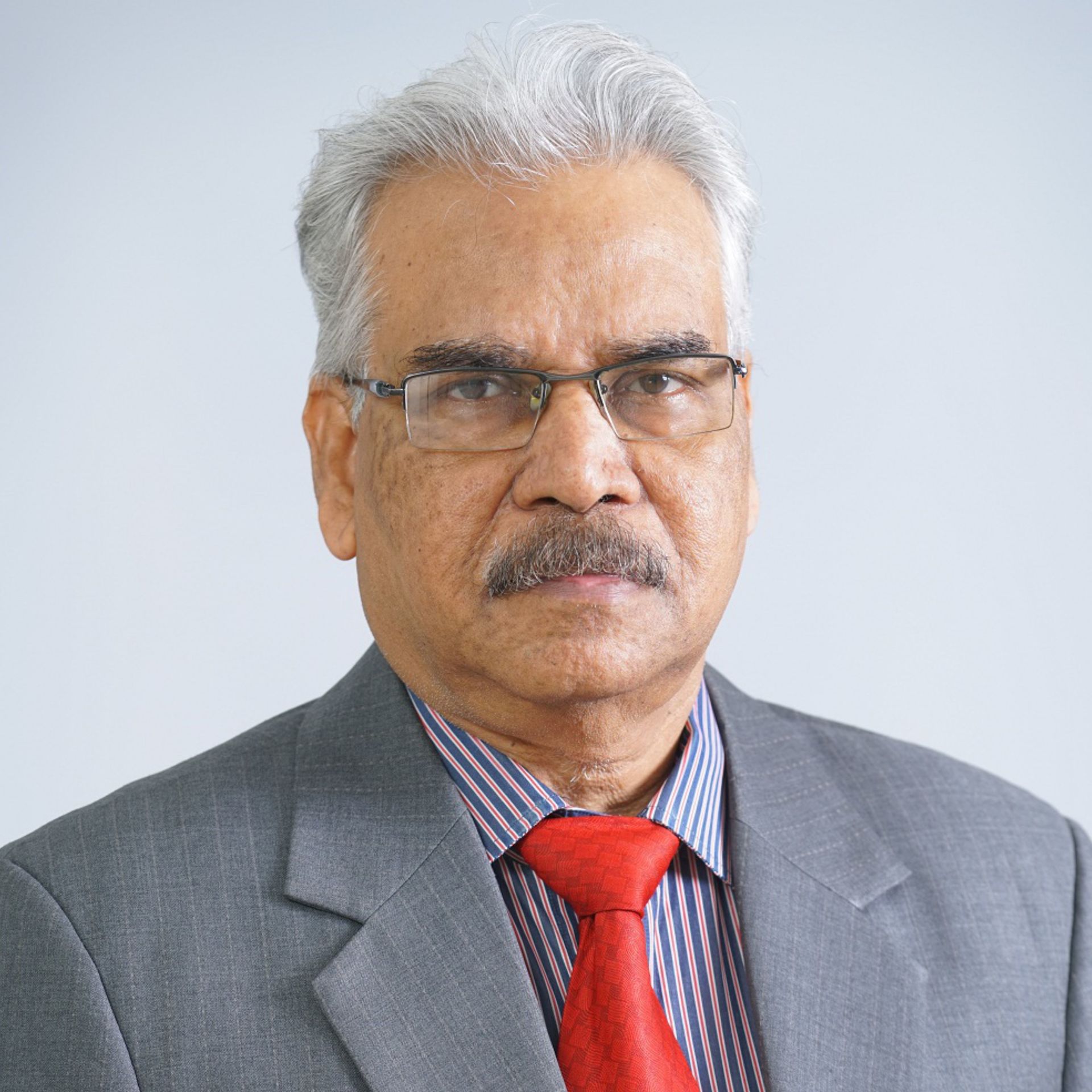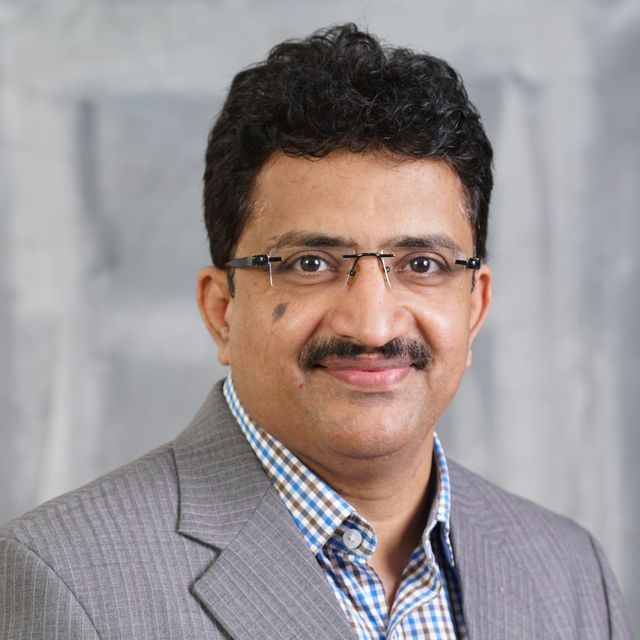Best Cancer Hospital in Hyderabad | Cost-effective Cancer Treatment in India
Trusted Team of Medical and Surgical Oncologist. Multidisciplinary approach for cancer treatment from the world's best cancer specialists (Oncologists).
- 35+ Years of Experience
- 2,86,684 Happy Patients
- 86,322 Successful Surgeries
Request an appointment
Oncology Appointment Enquiry
We will get back to you as soon as possible
Please try again later
Free Second Opinion for Cancer Patients
State-of-the-art Chemotherapy Superspecialty Centre to Treat Cancer
Chemotherapy (also called chemo) is a type of cancer treatment that uses drugs to kill cancer cells.
-
Why chemotherapy is done?
Chemotherapy is used to kill cancer cells in people with cancer. There are a variety of settings in which chemotherapy may be used in people with cancer:
- To cure the cancer without other treatments. Chemotherapy can be used as the primary or sole treatment for cancer.
- After other treatments, to kill hidden cancer cells. Chemotherapy can be used after other treatments, such as surgery, to kill any cancer cells that might remain in the body. Doctors call this adjuvant therapy.
- To prepare you for other treatments. Chemotherapy can be used to shrink a tumor so that other treatments, such as radiation and surgery, are possible. Doctors call this neoadjuvant therapy.
- To ease signs and symptoms. Chemotherapy may help relieve signs and symptoms of cancer by killing some of the cancer cells. Doctors call this palliative chemotherapy.
-
Chemotherapy for conditions other than cancer.
Some chemotherapy drugs have proved useful in treating other conditions, such as:
- Bone marrow diseases. Diseases that affect the bone marrow and blood cells may be treated with a bone marrow transplant, also known as a stem cell transplant. Chemotherapy is often used to prepare for a bone marrow transplant.
- Immune system disorders. Lower doses of chemotherapy drugs can help control an overactive immune system in certain diseases, such as lupus and rheumatoid arthritis.
-
How chemotherapy drugs are given?
Chemotherapy drugs can be given in different ways, including:
- Chemotherapy infusions. Chemotherapy is most often given as an infusion into a vein (intravenously). The drugs can be given by inserting a tube with a needle into a vein in your arm or into a device in a vein in your chest.
- Chemotherapy pills. Some chemotherapy drugs can be taken in pill or capsule form.
- Chemotherapy shots. Chemotherapy drugs can be injected with a needle, just as you would receive a shot.
- Chemotherapy creams. Creams or gels containing chemotherapy drugs can be applied to the skin to treat certain types of skin cancer.
- Chemotherapy drugs used to treat one area of the body. Chemotherapy drugs can be given directly to one area of the body. For instance, chemotherapy drugs can be given directly in the abdomen (intraperitoneal chemotherapy), chest cavity (intrapleural chemotherapy) or central nervous system (intrathecal chemotherapy). Chemotherapy can also be given through the urethra into the bladder (intravesical chemotherapy).
- Chemotherapy given directly to the cancer. Chemotherapy can be given directly to the cancer or, after surgery, where the cancer once was. As an example, thin disk-shaped wafers containing chemotherapy drugs can be placed near a tumor during surgery. The wafers break down over time, releasing chemotherapy drugs. Chemotherapy drugs may also be injected into a vein or artery that directly feeds a tumor.
Advancements in oncology treatments and surgical treatments in India.
Best Cancer specialists trained at top centres worldwide.
Provide the cutting-edge treatment and diagnostic capabilities
Book an appointment, Choose your location
Madinaguda
We offer evidence based cancer care
Help you to find the Right Cancer Doctor
Get Cancer Second Opinion
Plan your Cancer Treatment
Making Decisions About Cancer Treatment
Cancer treatment for every stage
Wanted to make sure?
Undergoing Treatment?
Advanced Stage Treatment?
Our Oncology Team
-
Dr Ramesh Parimi
View ProfileSurgical Oncologist
-
Dr. Brahamjit Singh
View ProfileMedical Oncologist, Hemato Oncologist and Palliative Care Specialist
-
Dr Phani Krishna R
View ProfileGI and HPB Oncologist
Dr Govind Verma
Gastroenterologist, Hepatologist & Endosonologist
We are treating
There are more than 120 types of cancer and related hereditary syndromes. We provide comprehensive, oncologist-approved information on: Introduction, Medical Illustrations, Risk Factors, Prevention, Symptoms & Signs, Diagnosis, Stages, Treatment Options, About Clinical Trials, Latest Research, Coping with Treatment, Follow-Up Care, Survivor-ship.
We believe that all treatment decisions should be made between patients and their doctors.
Bladder Cancer
Bladder cancer is cancer that begins in the bladder. The bladder is a hollow organ in the pelvis that stores urine before it leaves the body. Most bladder cancers begin in a layer called the urothelium.
Breast Cancer
Breast cancer can be invasive or noninvasive. Invasive breast cancer is cancer that spreads into surrounding tissues. Noninvasive breast cancer does not go beyond the milk ducts or lobules in the breast.
Colorectal Cancer
Colorectal cancer found in the colon or rectum, which together make up the large intestine. Colorectal cancer, one of the most common cancers affects both men and women.
Lung cancer
Lung cancer is a malignant lung tumor characterized by uncontrolled cell growth in tissues of the lung. Lung cancer is the second most common non-skin cancer among men.
Kidney Cancer
Kidney cancer is among the 10 most common cancers and yet many symptoms, such as blood in the urine, fatigue or unexplained weight loss, may be overlooked or dismissed as side effects of less serious illnesses.
Pancreatic Cancer
Pancreatic cancer is a disease in which healthy cells in the pancreas stop working correctly and grow out of control. These cancerous cells can build up and form a mass called a tumor.
Prostate Cancer
Prostate cancer is the most common cancer and the second leading cause of cancer death among men. Prostate cancer usually grows very slowly and finding and treating it before symptoms in crucial.
Thyroid Cancer
Thyroid cancer can be of four main types, which vary in their aggressiveness. Anaplastic thyroid cancer is hard to cure with current treatments, whereas papillary (the most common), follicular, and medullary thyroid cancer can usually be cured.
Liver Cancer
Liver cancer includes hepatocellular carcinoma (HCC) and bile duct cancer (cholangiocarcinoma). Risk factors for HCC include chronic infection with hepatitis B or C and cirrhosis of the liver.
Gallbladder Cancer
Gallbladder cancer is a rare cancer that is usually diagnosed late due a to lack of early signs and symptoms. It is sometimes found when the gallbladder is checked for gallstones.
Head & Neck Cancer
Head and neck cancers include cancers in the larynx, throat, lips, mouth, nose, salivary glands. Tobacco, heavy alcohol use & infection with human papillomavirus (HPV) increase the risk of head and neck cancers.
Bone Cancer
Bone cancer is rare and includes several types. Some bone cancers, including osteosarcoma and Ewing sarcoma, are seen most often in children and young adults.
Uterine Cancer
Uterine cancers can be of two types: endometrial cancer (common) and uterine sarcoma (rare). Endometrial cancer can often be cured. Uterine sarcoma is often more aggressive and harder to treat.
Leukemia
Leukemia is cancer that originates in blood-forming tissue. The disease is characterized by the uncontrolled growth of blood cells, usually white blood cells (leukocytes), in the bone marrow.
Lymphoma
Lymphoma is a cancer of the lymphatic system. Lymphoma begins when healthy B cells, T cells, or NK cells in the lymphatic system change and grow out of control, which may form a tumor.
Oral Cancer
Cancer of the oral cavity and cancer of the oropharynx are 2 of the most common types of cancer that develop in the head and neck region, a grouping called head and neck cancer.
Understand your diagnosis
Know your options
- Surgery
- Radiation therapy
- Chemotherapy
- Hormone therapy
- Active surveillance, also called watchful waiting
- Palliative care
- Participating in a clinical trial
Know side effects
Understand the goals of treatment
Risks and benefits
- Chance of a cure
- Potential short- and long-term side effects
- Likelihood the cancer will come back after treatment
- Chances of living longer with or without treatment
- Effect on your quality of life and independence
- Preferences of you and your family
2,86,684
Happy Patients
86,322
634
2011
More about screening tests
- Colonoscopy, sigmoidoscopy, and high-sensitivity fecal occult blood tests (FOBTs)
Colonoscopy and sigmoidoscopy also help prevent colorectal cancer because they can detect abnormal colon growths (polyps) that can be removed before they develop into cancer. Expert groups generally recommend that people who are at average risk for colorectal cancer have screening at ages 50 through 75. - Mammography
This method to screen for breast cancer has been shown to reduce mortality from the disease among women ages 40 to 74, especially those age 50 or older.
- Pap test and human papillomavirus (HPV) testing
These tests reduce the incidence of cervical cancer because they allow abnormal cells to be identified and treated before they become cancer. They also reduce deaths from cervical cancer. Testing is generally recommended to begin at age 21 and to end at age 65, as long as recent results have been normal. - Alpha-Fetoprotein
This test is sometimes used, along with ultrasound of the liver, to try to detect liver cancer early in people at high risk of the disease. - Clinical breast exams and regular breast self-exams
Routine examination of the breasts by health care providers or by women themselves has not been shown to reduce deaths from breast cancer. However, if a woman or her health care provider notices a lump or other unusual change in the breast, it is important to get it checked out. - PSA
This blood test, which is often done along with a digital rectal exam, is able to detect prostate cancer at an early stage. However, expert groups no longer recommend routine PSA testing for most men because studies have shown that it has little or no effect on prostate cancer deaths and leads to overdiagnosis and overtreatment. - Transvaginal ultrasound
This imaging test, which can create pictures of a woman’s ovaries and uterus, is sometimes used in women who are at increased risk of ovarian cancer (because they carry a harmful BRCA1 or BRCA2 mutation) or of endometrial cancer (because they have a condition called Lynch syndrome).
Our Locations
Subscribe to our newsletter and stay updated with the latest health information.
By clicking on subscribe now, you accept to receive communications from PACE Hospitals on email, SMS and Whatsapp.
Subscribe to PACE Hospitals News
Thank you for subscribing. Stay updated with the latest health information.
Oops, there was an error. Please try again submitting your details.
-

Payment in advance for treatment (Pay in Indian Rupees)
For Bank Transfer:-
Bank Name: HDFC
Company Name: Pace Hospitals
A/c No.50200028705218
IFSC Code: HDFC0000545
Bank Name: STATE BANK OF INDIA
Company Name: Pace Hospitals
A/c No.62206858997
IFSC Code: SBIN0020299
Scan QR Code by Any Payment App (GPay, Paytm, Phonepe, BHIM, Bank Apps, Amazon, Airtel, Truecaller, Idea, Whatsapp etc)
Call us at 04048486868
ADDRESS
PACE Hospitals
Hitech City : Beside Avasa Hotel, Pillar No. 18, Hyderabad - 500081
Madinaguda: Mythri Nagar, Beside South India Shopping, Madinaguda, Hyderabad - 500050
QUICK LINKS
Disclaimer
General information on healthcare issues is made available by PACE Hospitals through this website (www.pacehospital.com), as well as its other websites and branded social media pages. The text, videos, illustrations, photographs, quoted information, and other materials found on these websites (here by collectively referred to as "Content") are offered for informational purposes only and is neither exhaustive nor complete. Prior to forming a decision in regard to your health, consult your doctor or any another healthcare professional. PACE Hospitals does not have an obligation to update or modify the "Content" or to explain or resolve any inconsistencies therein.
The "Content" from the website of PACE Hospitals or from its branded social media pages might include any adult explicit "Content" which is deemed exclusively medical or health-related and not otherwise. Publishing material or making references to specific sources, such as to any particular therapies, goods, drugs, practises, doctors, nurses, other healthcare professionals, diagnoses or procedures is done purely for informational purposes and does not reflect any endorsement by PACE Hospitals as such.




